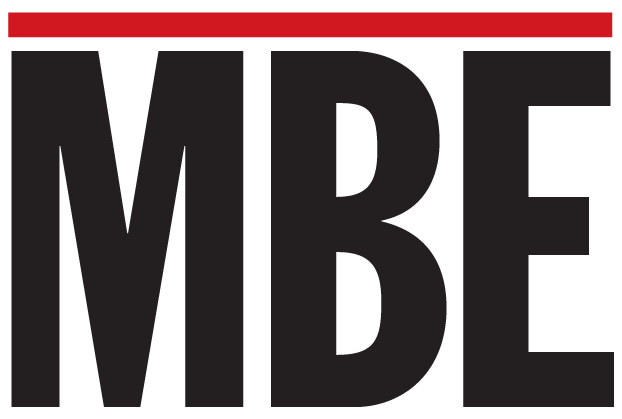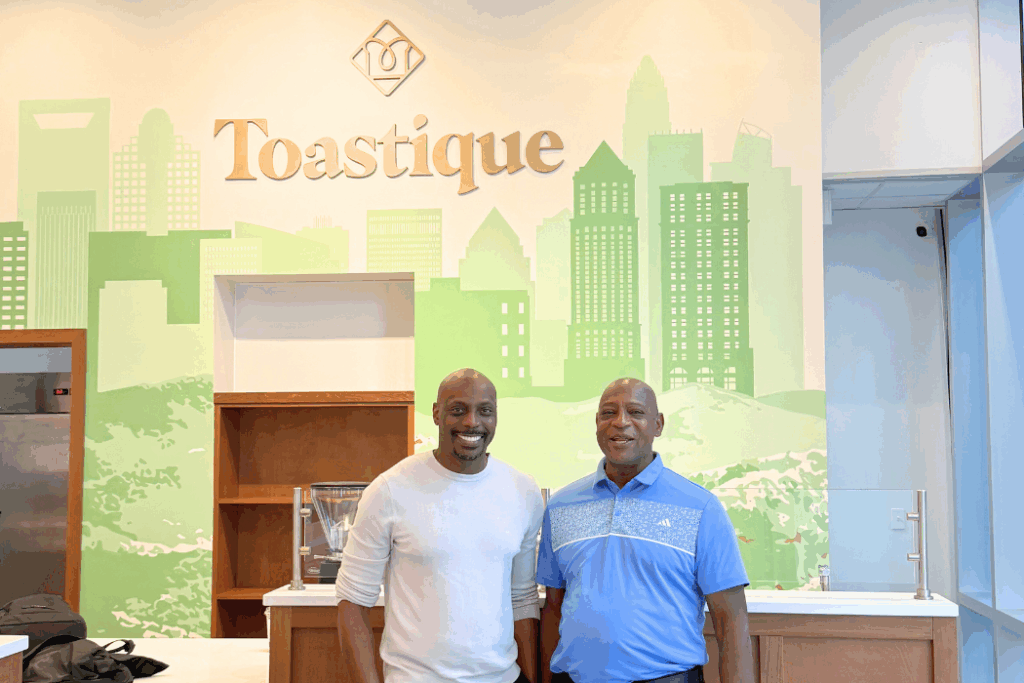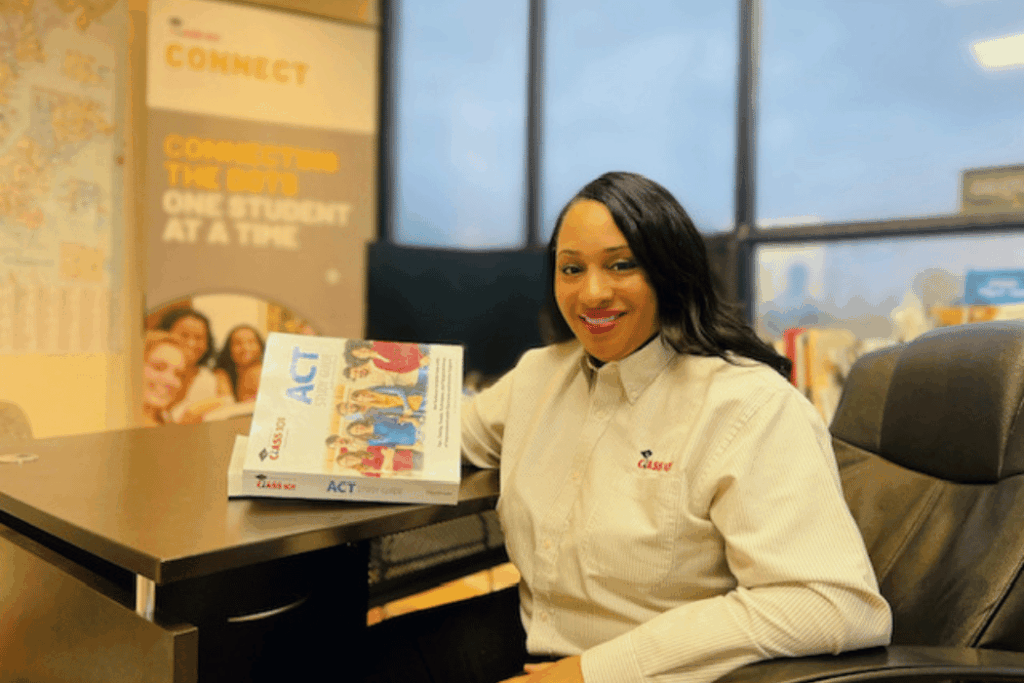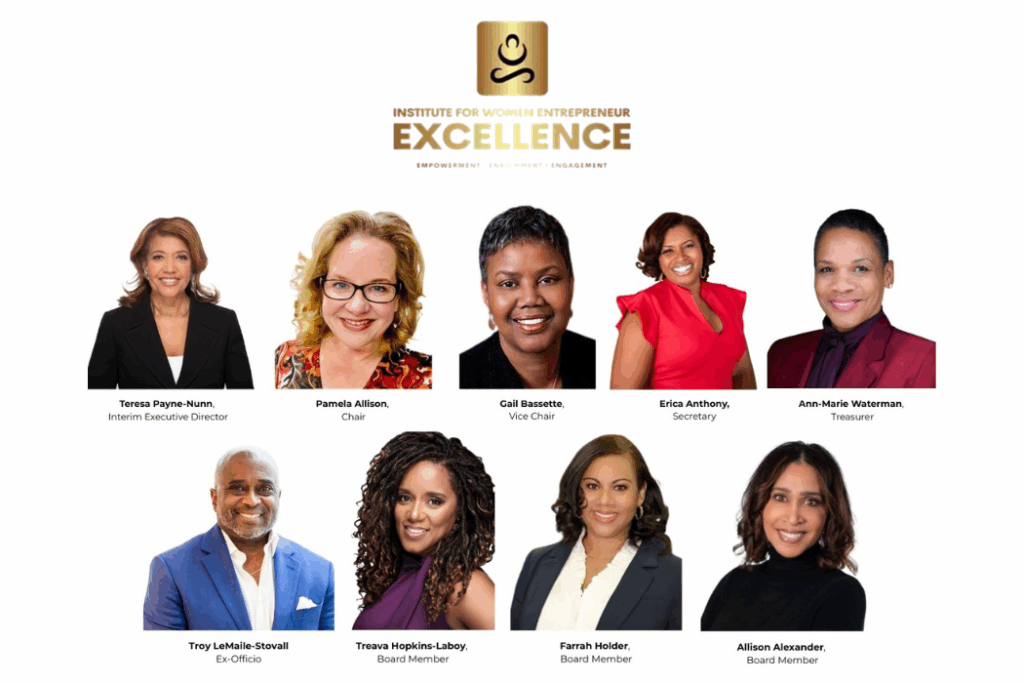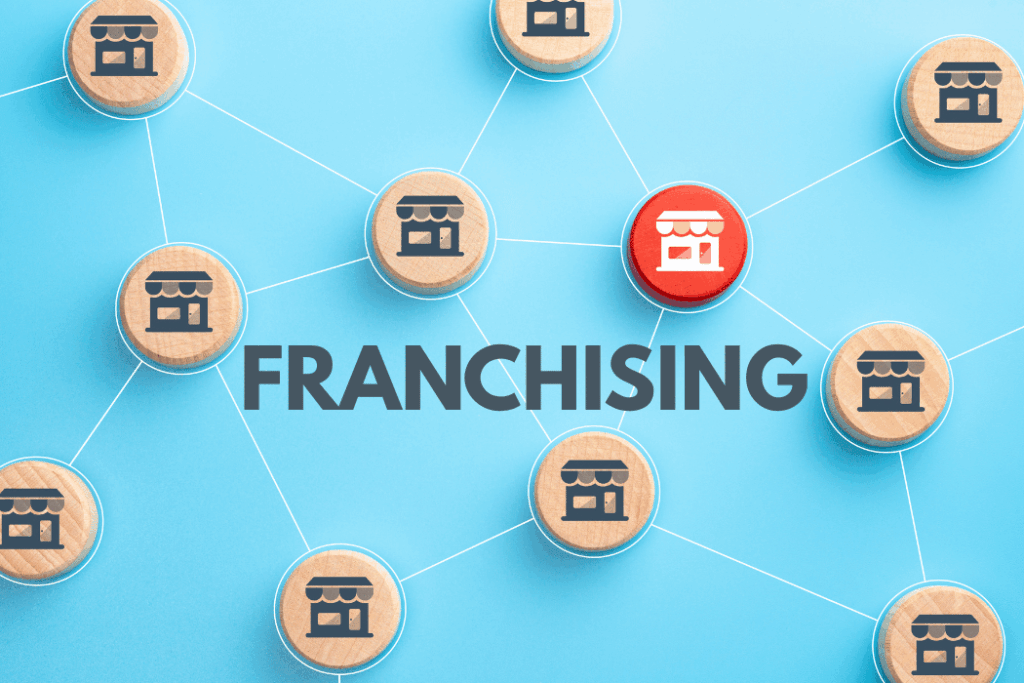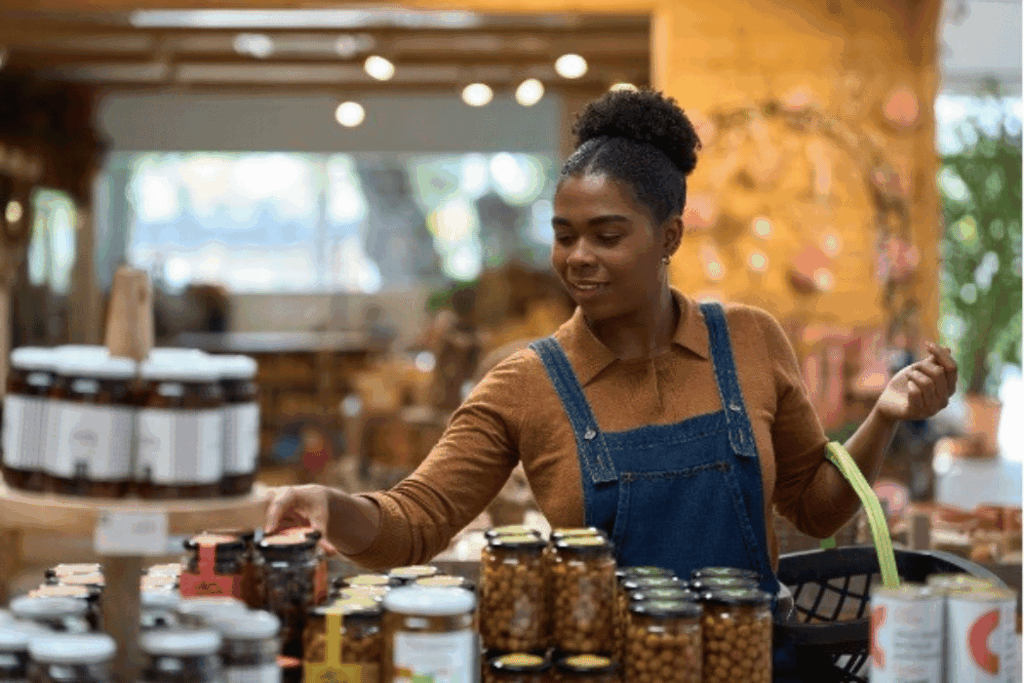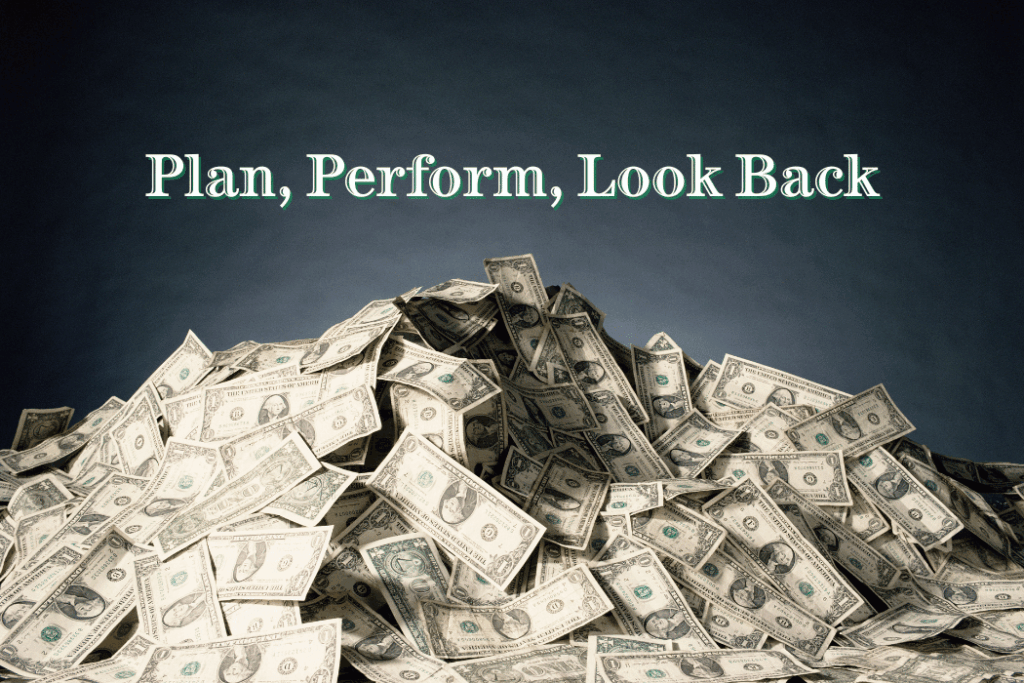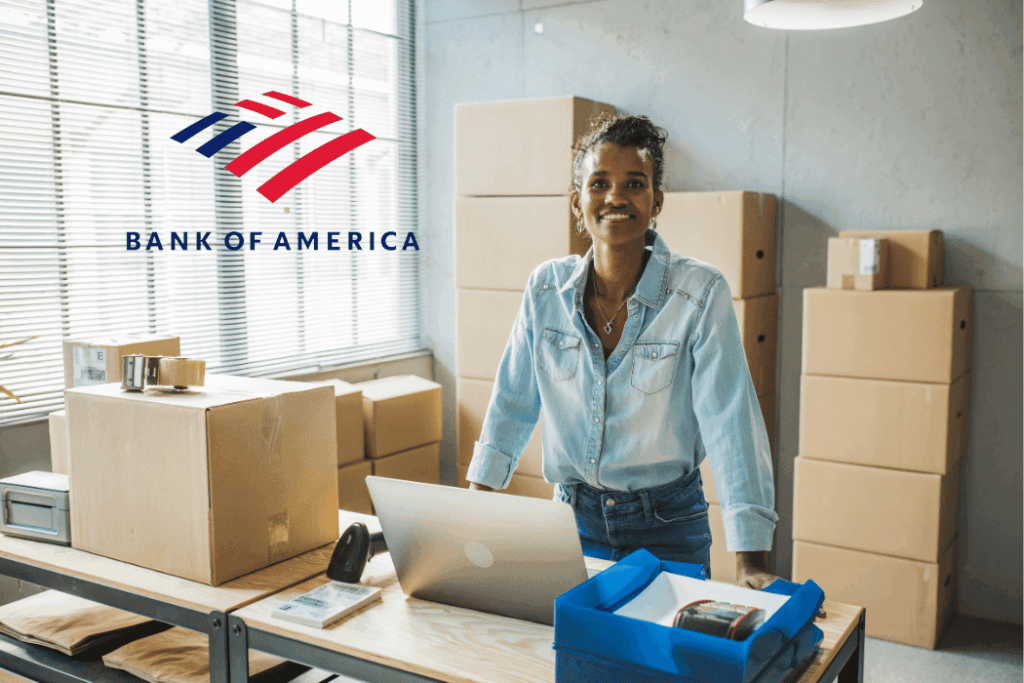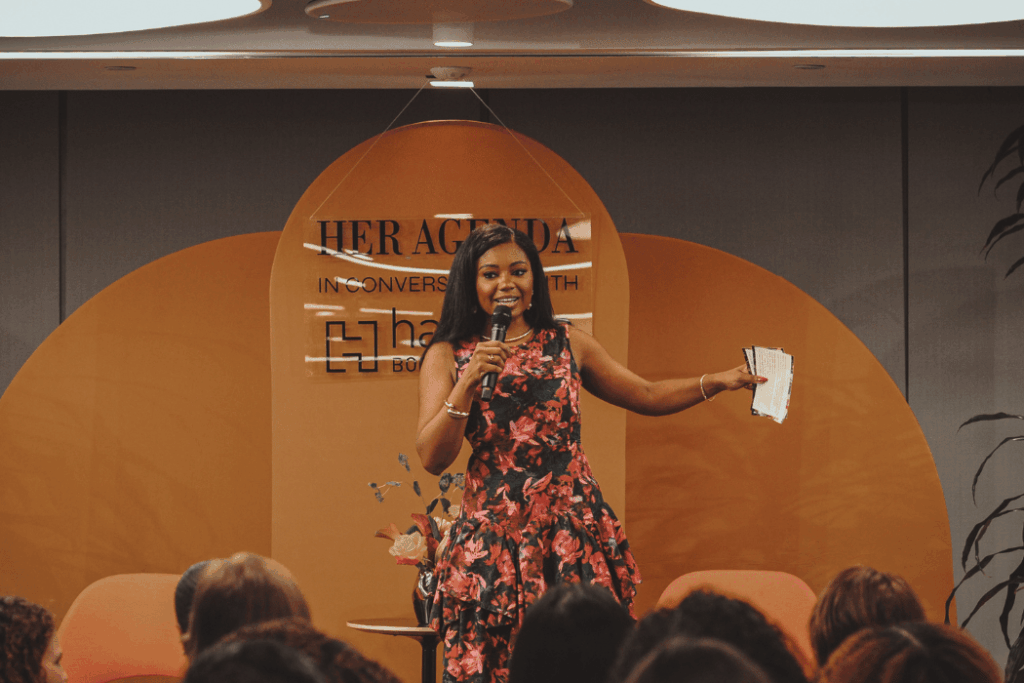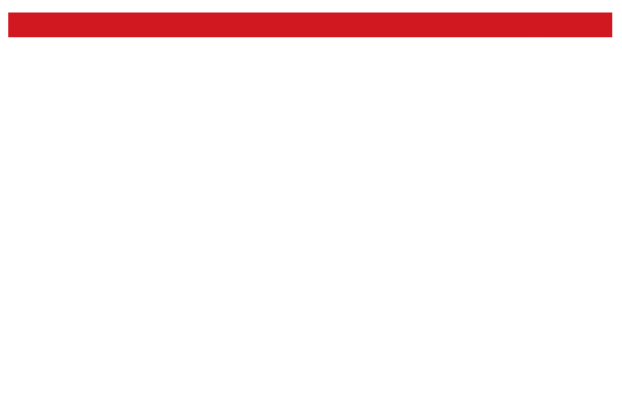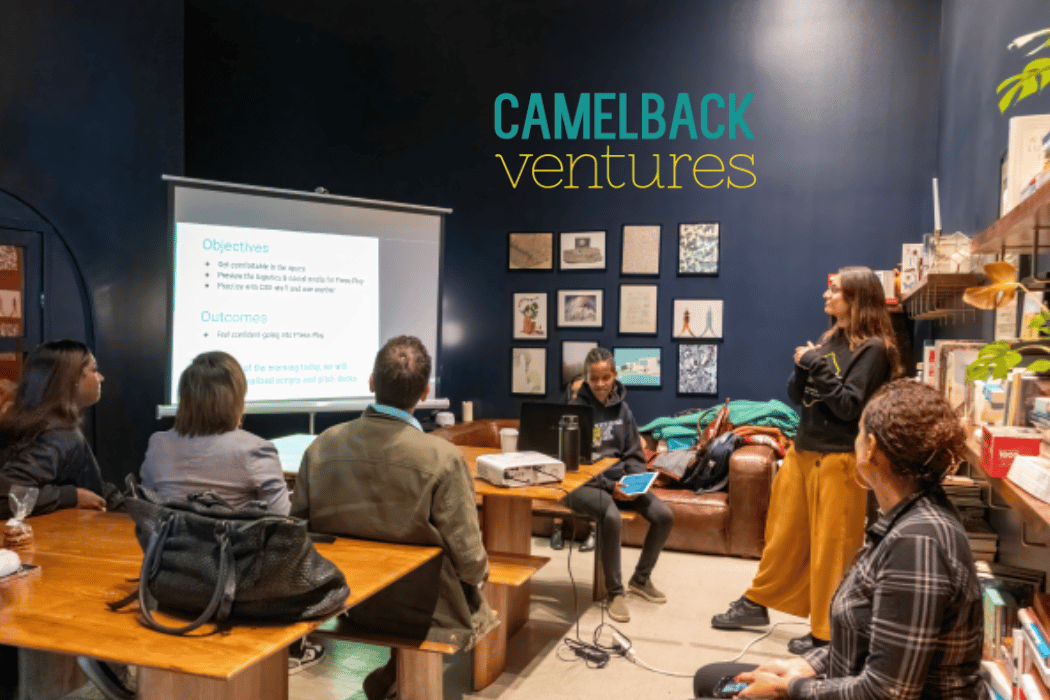
In a climate of mounting economic uncertainty, where new analysis projects staggering $18.9 billion in losses for Black Americans under recently signed federal budget measures, one organization has been quietly building a different narrative—one of resilience, innovation, and community-driven solutions. For the past decade, Camelback Ventures has been cultivating a pipeline of Black and Brown entrepreneurs who are not just surviving but thriving, creating jobs, closing equity gaps, and driving transformative solutions across technology, education, and social justice.
“We are a community that has always been constantly under attack,” says Shawna Young, CEO of Camelback Ventures, speaking with the pragmatic clarity of someone who has witnessed both the challenges and the extraordinary resilience of underestimated founders. “What we try to do with our founders is show them how to be resilient, build resilient ventures.”
The Camelback Difference: Beyond Capital to Community
Since its inception, Camelback Ventures has supported 200 entrepreneurs through what Young calls their “special sauce”—a holistic framework they’ve dubbed the 5Cs: capital, coaching, connections, community, and curriculum. This comprehensive approach has generated remarkable results: $9 million distributed has leveraged into $365 million in follow-on funding, creating a multiplier effect that extends far beyond initial investment.
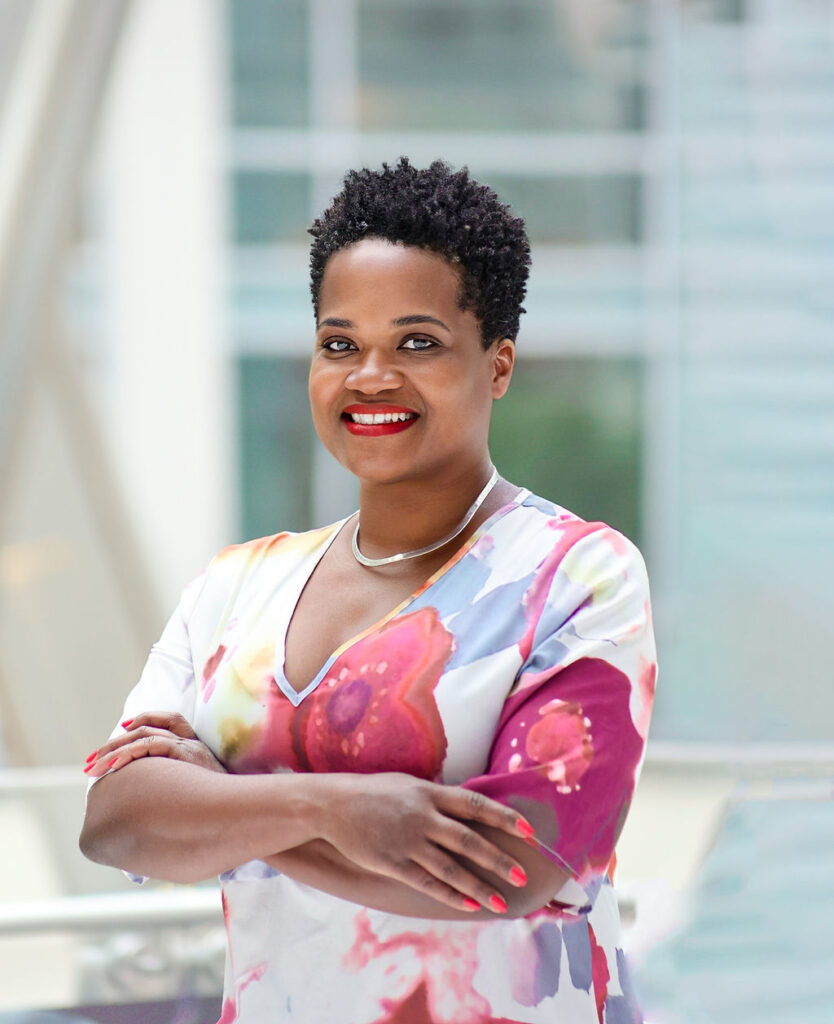
“We’re investing in the founder,” Young emphasizes. “Leaders and founders who are going to be innovators, who are already innovators and continue to be innovators in their community.” The impact is tangible—these 200 innovators are now affecting 5 million lives across the country, demonstrating how strategic investment in underestimated founders creates ripple effects of positive change.
Unlike traditional accelerators, Camelback provides $40,000 in capital—whether as grants for nonprofits or equity investments for for-profits—alongside a four-month intensive program. But the support doesn’t end there. Each founder is assigned a dedicated partner who continues quarterly check-ins, and alumni maintain lifetime access to Camelback’s “expert bench”—a curated menu of specialists in finance, marketing, and product development whose services Camelback sponsors.
Innovation Born from Necessity
The entrepreneurs emerging from Camelback’s program exemplify the kind of creative problem-solving that Young believes is essential for navigating current challenges. Take Reducify, a technology platform developed by one of their founders that helps students strategically make payments during the six-month grace period to significantly reduce their overall loan principal. It’s exactly the type of innovative solution that addresses real community needs while building sustainable business models.
“I definitely believe community, but I also think ingenuity and creativity,” Young explains when asked about what Black and Brown founders uniquely bring to the entrepreneurial ecosystem. “We have always been able to think about how we can still get to an end in a different and unique way. And we do that every day.”
This ingenuity is particularly crucial now, as venture funding continues to present systemic barriers for diverse founders. The statistics are stark: Black, and LGBTQ+ founders each receive less than 1 percent of total U.S. venture funding, despite representing larger shares of the population. Latino founders account for just 1-2 percent of all venture capital, while systemic underrepresentation in decision-making roles perpetuates these inequities across the funding landscape.
“Venture dollars have already been tight for Black founders in particular,” Young acknowledges. “They’ve never been that flowing for many of our Black founders. Our friends and family rounds are smaller also. So, you have to be more agile with how you actually build your venture.”
Seizing Opportunity in Crisis
Rather than retreating in the face of political and economic headwinds, Young advocates for a fundamentally different approach: leaning into opportunity. “I believe that there is opportunity in change, there’s opportunity in chaos, there’s opportunity in disruption,” she states. “And we, as a community, should be leaning in to see those opportunities and take advantage of them.”
This philosophy is already paying dividends. In their most recent application cycle, Camelback received over 500 applications—double their typical annual volume, compressed into a single cycle. The surge prompted them to expand their program from supporting 12 founders per cycle to 20, recognizing the unprecedented demand for entrepreneurial support in underestimated communities.
Young attributes this surge to multiple factors: corporate layoffs pushing people toward entrepreneurship, a generational shift in career expectations, and the democratizing effects of technology. “Now with the advent of AI and other technologies, you’re able to build ventures at a lower cost,” she notes. “You might be able to get to zero to one at much lower cost than it would have been five years ago, even two years ago.”
The generational component is particularly significant. Young points to her 19-year-old daughter as representative of a generation that “embraces uniqueness” and “embraces entrepreneurship,” having grown up in an era where social media showcases accessible pathways to business ownership.
The Psychology of Possibility
What sets Camelback apart isn’t just its comprehensive support system, but its creation of what Young calls “psychological safety”—an environment where founders can “show up as themselves, be in community with folks from their similar backgrounds, and ask questions that they typically would not ask.”
This psychological foundation produces a transformation that Young describes as unmistakable: “The number one word for me is ‘confidence.’ It exudes from them. You can feel it.” This confidence persists even when ventures don’t succeed in traditional terms. “Even confidence after they’ve had to decide to close a venture and start a new one,” she observes. “What you feel when you’re around them is the ethos or the being of someone who’s like, ‘I can solve for anything.'”
The emphasis on community runs deeper than networking or professional development. For Young, it’s existential. “I learned, especially as a Black woman leader, you are isolated often. You can go so far until you realize that you’re so isolated, you’re so far out there trying to make changes, that if you’re not in community with other people, that you won’t be as whole as you need to be to continue to thrive.”
Lessons in Entrepreneurial Resilience
Young’s perspective on community and resilience stems from personal experience. Her parents have owned Countryside Gymnastics in Fayetteville, North Carolina, for 36 years, giving her firsthand insight into “the toll, the sacrifices and the benefits of owning your own business over time and becoming a community staple.”
This background informs Camelback’s approach to founder development, which extends beyond technical skills to fundamental leadership capabilities. “Often our entrepreneurs will talk about, even when they’ve been in other accelerators, that they really have learned through Camelback how to transition from being a founder… into what does it really take, the skills needed to become a CEO.”
The curriculum addresses practical challenges that disproportionately affect underestimated founders: strategic hiring practices, effective capital raising, operational efficiency, and the nuanced decision-making around full-time employees versus contractors in an increasingly flexible labor market.
A Counter-Narrative to Crisis
As policy changes threaten to exacerbate existing economic disparities, Camelback Ventures represents a counter-narrative—one where Black and Brown communities don’t just survive systemic challenges but leverage them as catalysts for innovation and self-determination. The organization’s model demonstrates how strategic, holistic investment in underestimated founders creates multiplier effects that extend far beyond individual companies.
“We’ve distributed $9 million, which has turned into $365 million in follow-on funding,” Young reflects. But perhaps more importantly, these founders are building the infrastructure of economic resilience in their communities, creating jobs, developing solutions to persistent challenges, and modeling pathways to wealth creation that bring others along.
In an era where traditional support systems may be contracting, the Camelback model offers a blueprint for community-driven economic development that doesn’t wait for permission or external validation. Instead, it builds the infrastructure for sustained innovation, ensuring that the next generation of Black and Brown founders has both the skills and the support system to transform challenges into opportunities, isolation into community, and individual success into collective progress.
The stakes couldn’t be higher, but neither could the potential for transformative impact. As Young’s work demonstrates, sometimes the most powerful response to systemic exclusion is to build better systems—ones that recognize and amplify the genius that has always existed in underestimated communities, waiting for the right combination of capital, coaching, connections, community, and curriculum to change the world.
